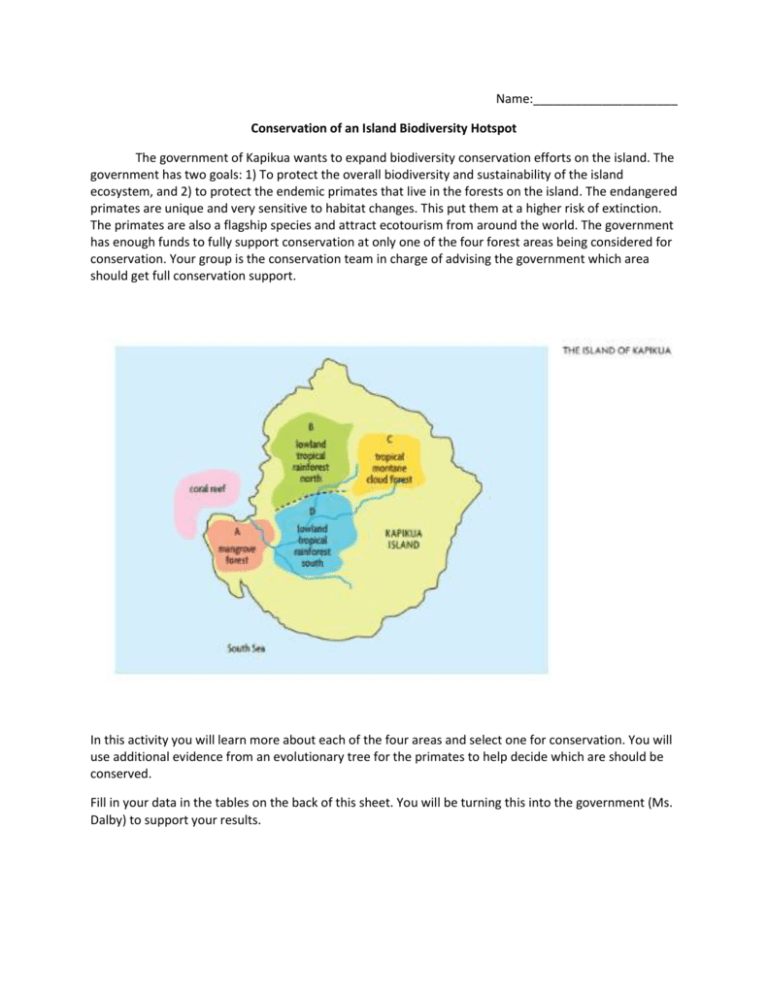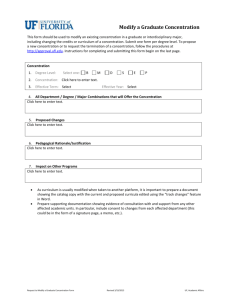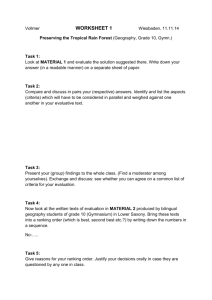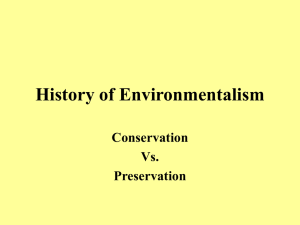Name: Conservation of an Island Biodiversity Hotspot The
advertisement

Name:_____________________ Conservation of an Island Biodiversity Hotspot The government of Kapikua wants to expand biodiversity conservation efforts on the island. The government has two goals: 1) To protect the overall biodiversity and sustainability of the island ecosystem, and 2) to protect the endemic primates that live in the forests on the island. The endangered primates are unique and very sensitive to habitat changes. This put them at a higher risk of extinction. The primates are also a flagship species and attract ecotourism from around the world. The government has enough funds to fully support conservation at only one of the four forest areas being considered for conservation. Your group is the conservation team in charge of advising the government which area should get full conservation support. In this activity you will learn more about each of the four areas and select one for conservation. You will use additional evidence from an evolutionary tree for the primates to help decide which are should be conserved. Fill in your data in the tables on the back of this sheet. You will be turning this into the government (Ms. Dalby) to support your results. Part A: Four Possible Conservation Areas: 1. Assign each group member one of the forest areas under consideration for conservation. Fill in the chart below. Forest Area Economic Outcomes if Conserved Social Outcomes if Conserved Environmental Outcomes if Conserved Other Benefits of Conserving the Area Trade-offs of Conserving the Area Mangrove Forest Lowland Tropical Rain Forest South Lowland Tropical Rain Forest North Tropical Montane Cloud Forest 2. If you had to make you decision simply on the information presented above which forest would you select for conservation? Explain your reasoning. Part B: Evolutionary Tree Analysis 1. With your team, compare the evolutionary tree on the next page for each of the four forest areas. The tree shows evolutionary data for primates that are endemic to the island. Record the number of the node that represents the most recent common ancestor for all of the primates collectively living in that forest area. Forest Area Mangrove Forest Node # Description of Phylogenetic Diversity Lowland Tropical Rain Forest South Lowland Tropical Rain Forest North Tropical Montane Cloud Forest 2. How does the node number and phylogenetic diversity help in considering what forest should be conserved? Part 3: The Final Decision 1. Which forest did you decide should be conserved? a. Forest: i. Reason 1: ii. Reason 2: iii. Reason 3: 2. What social and economic elements of sustainability were involved in your considerations about which area should be conserved?








